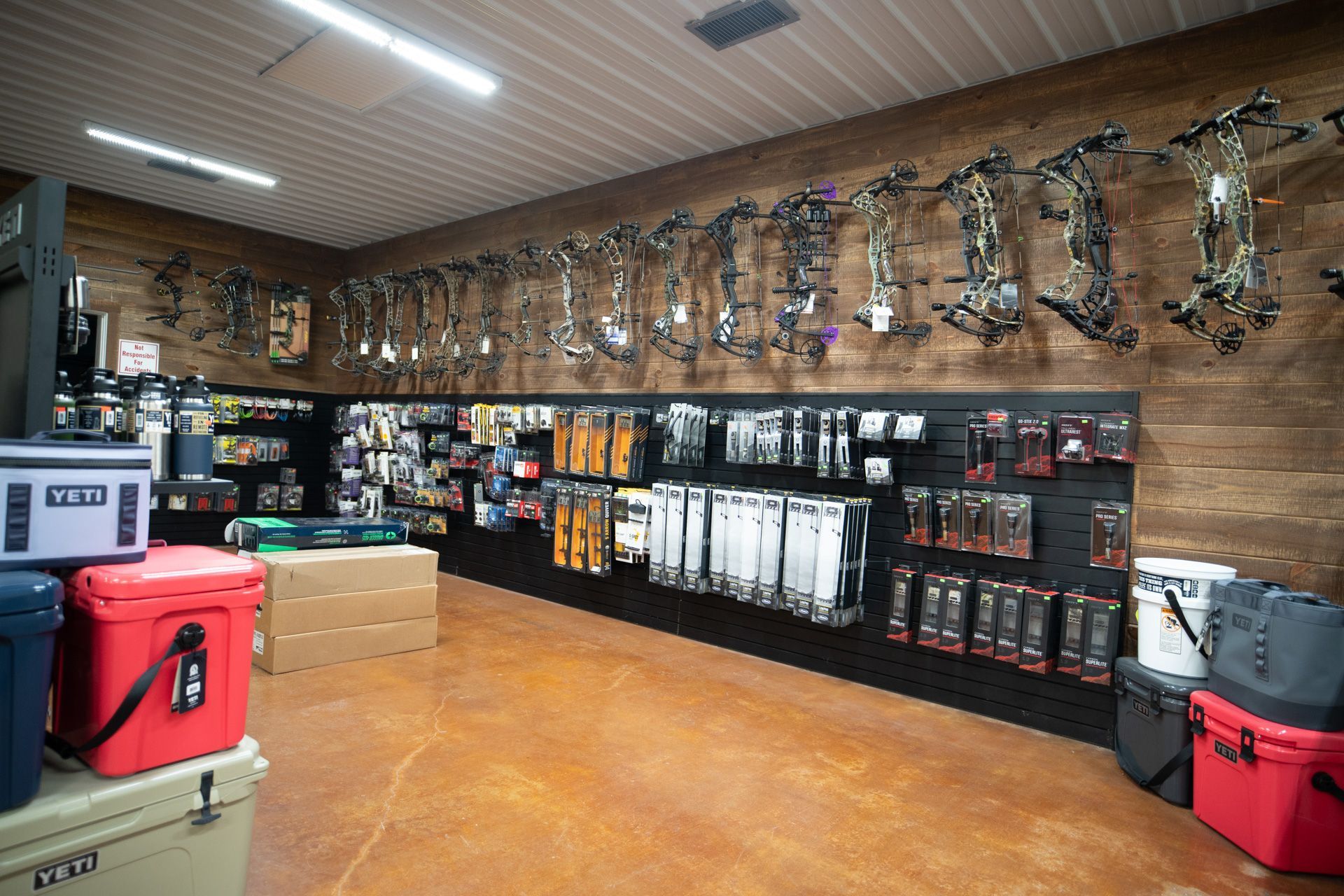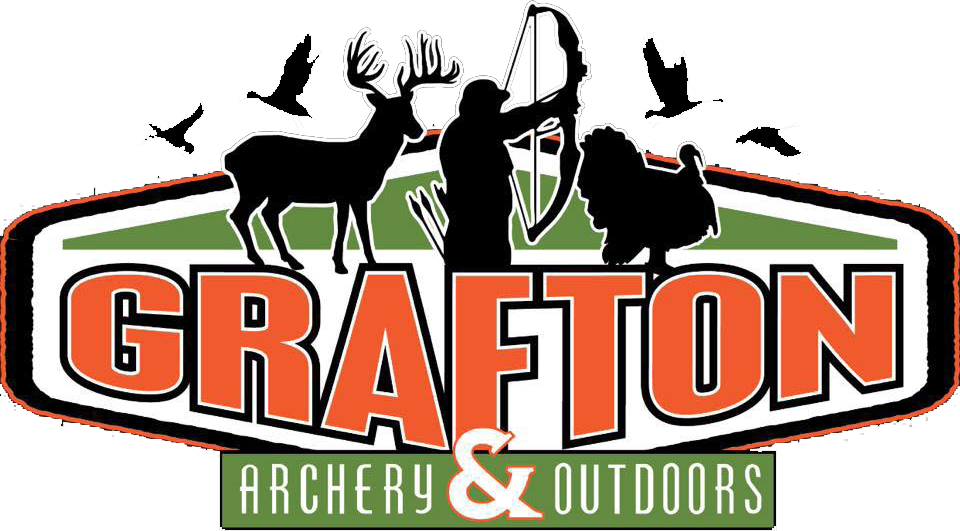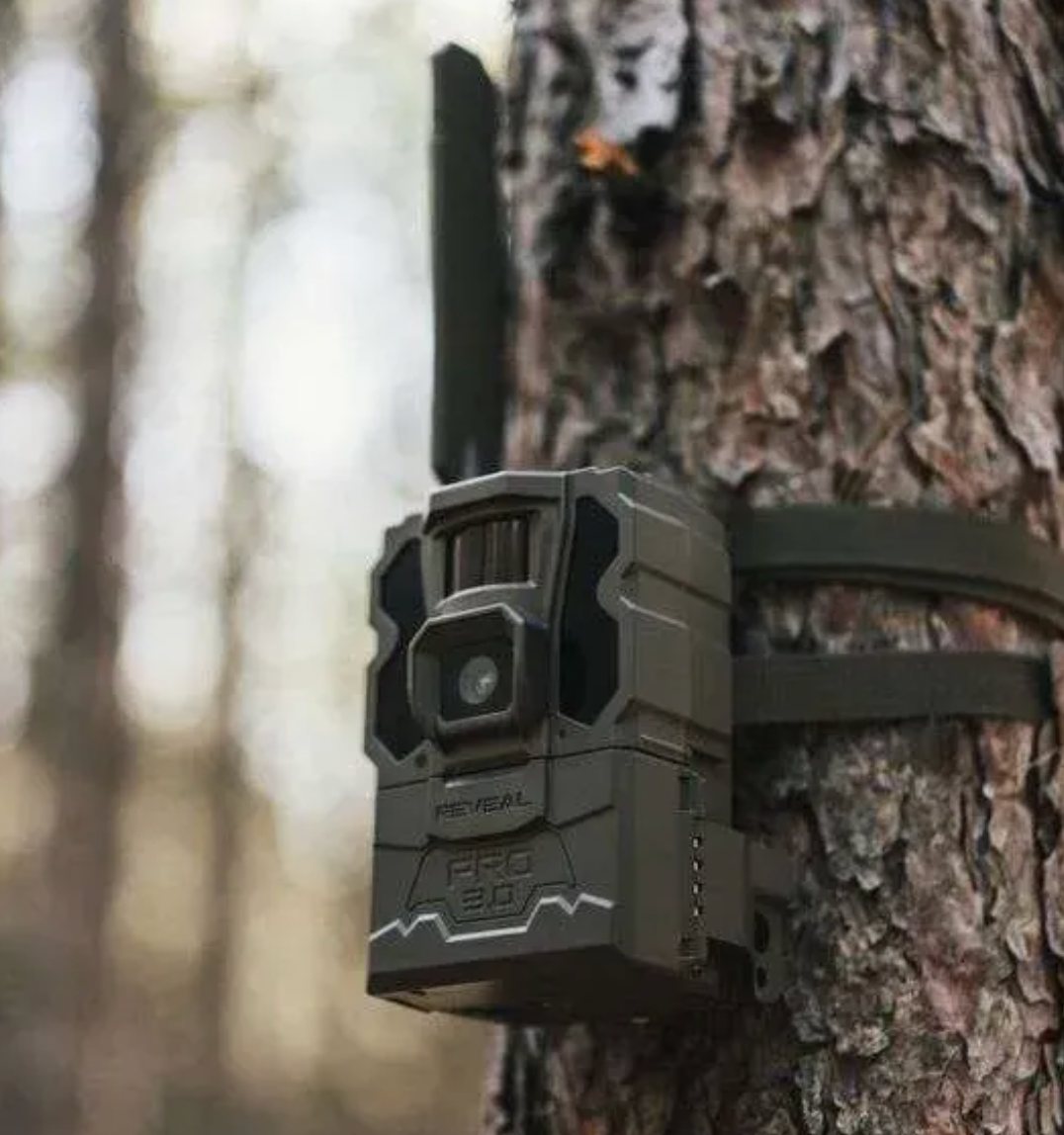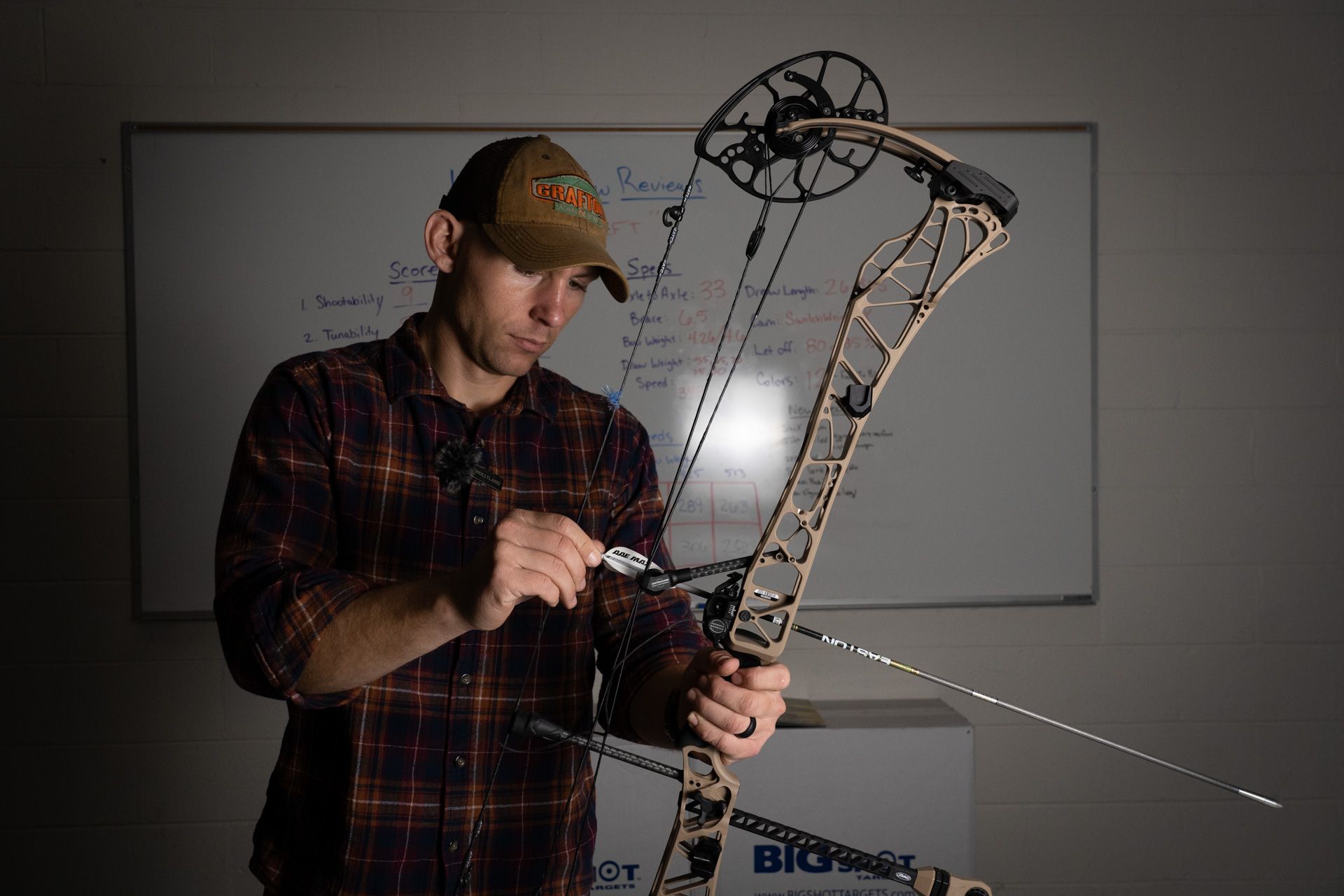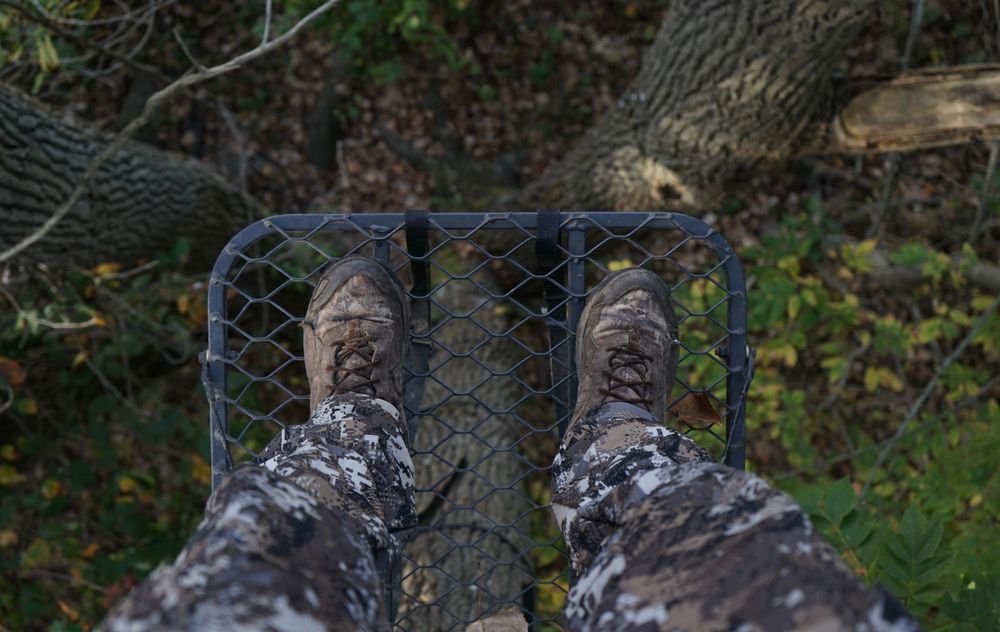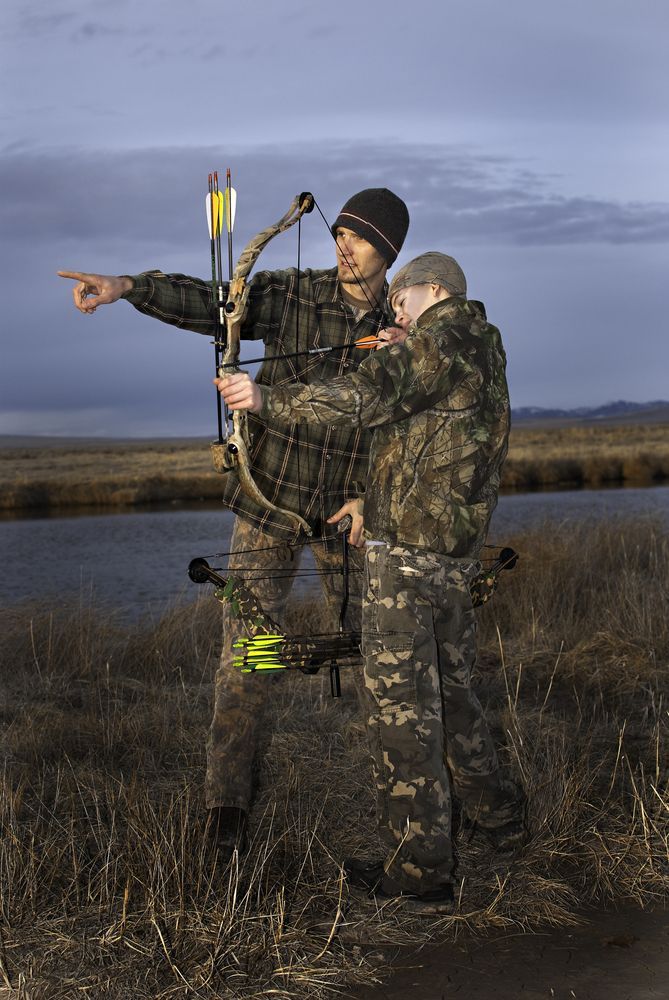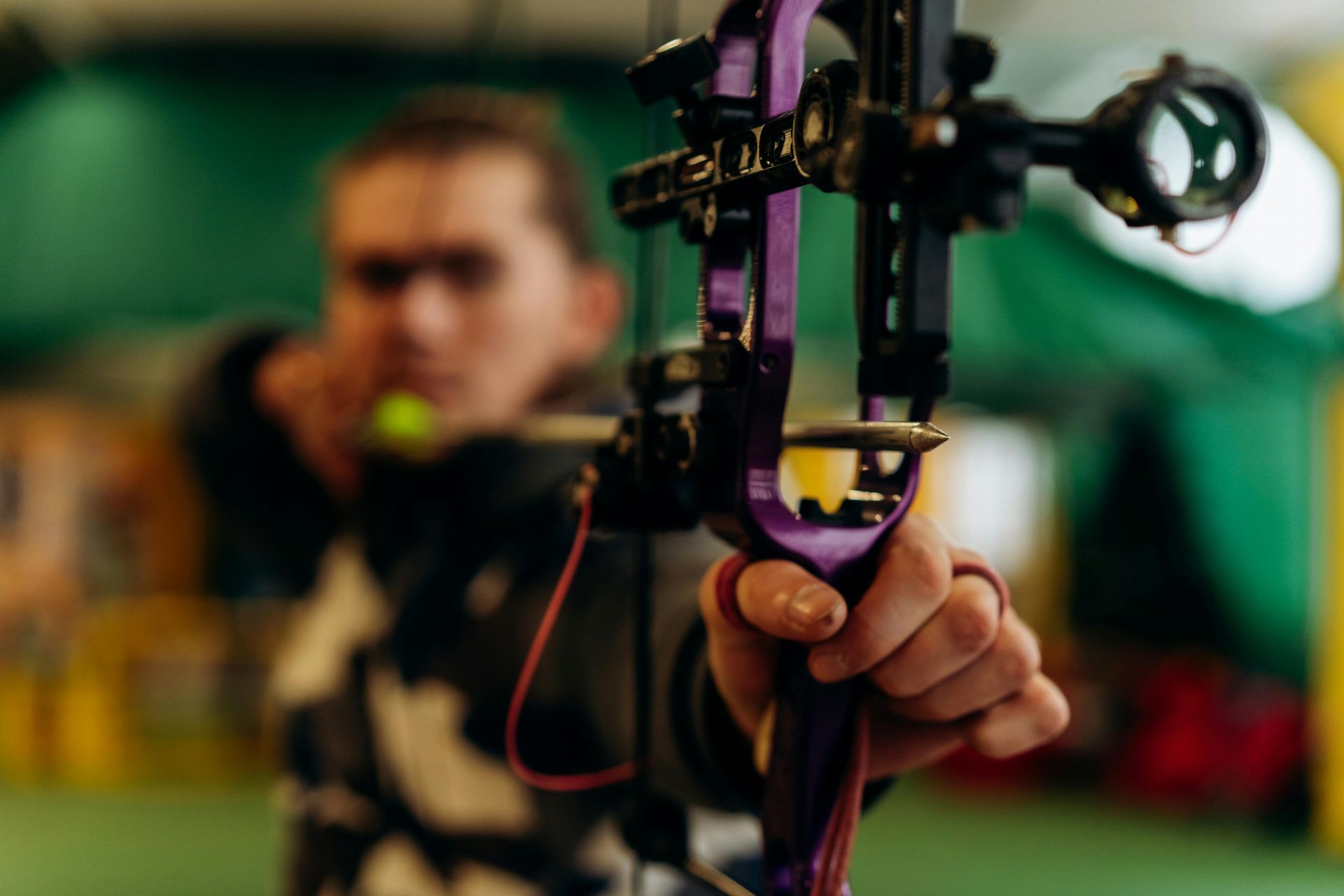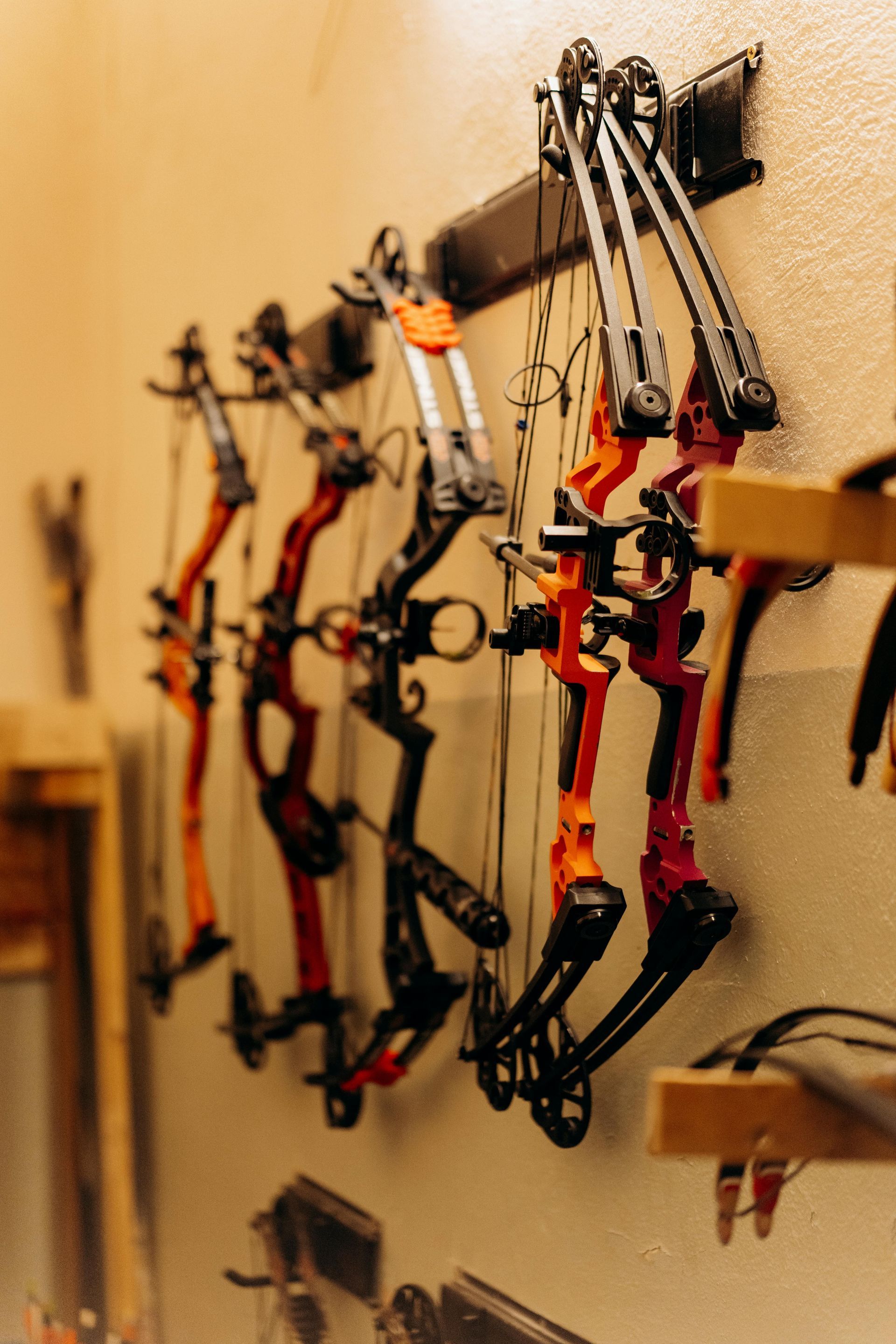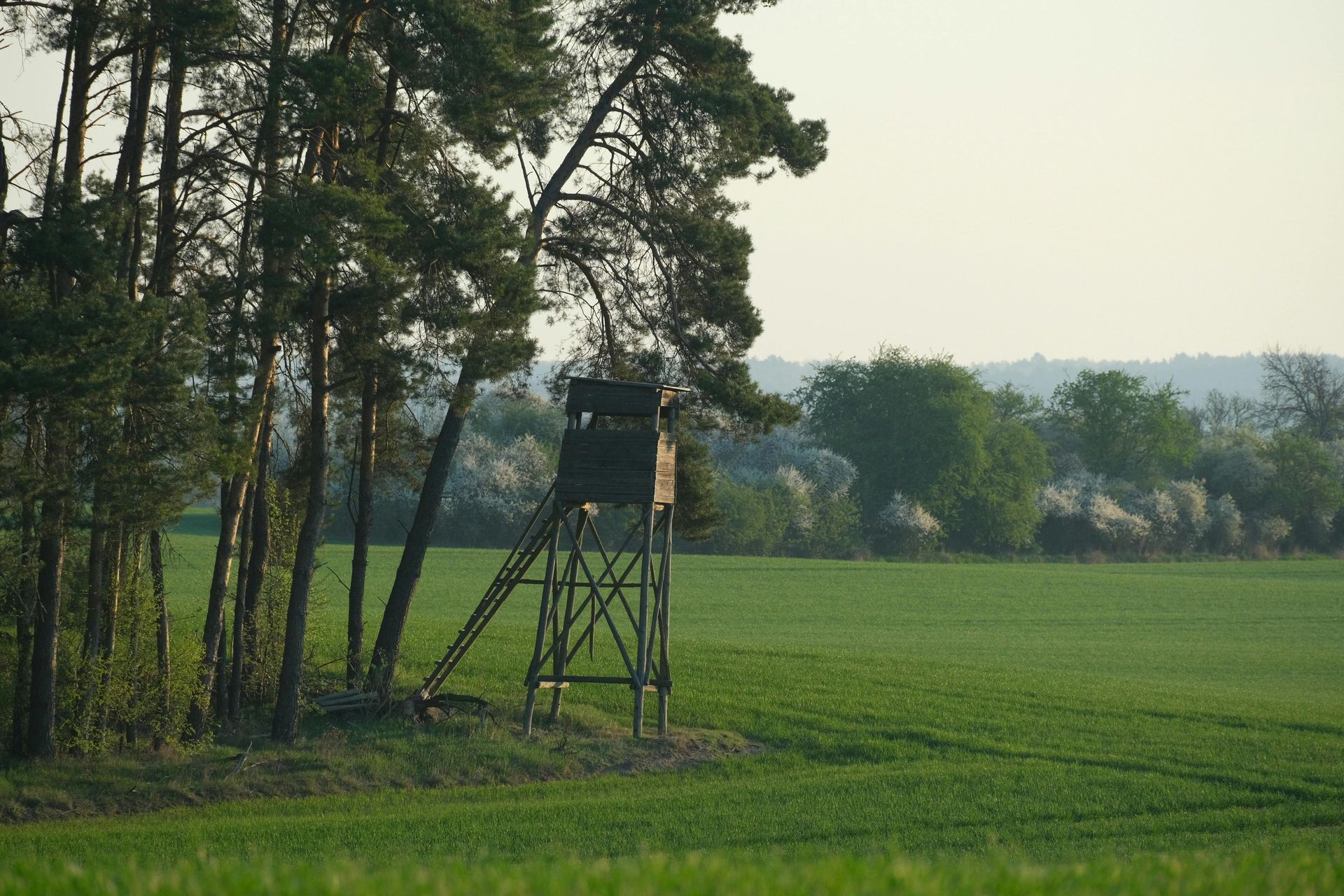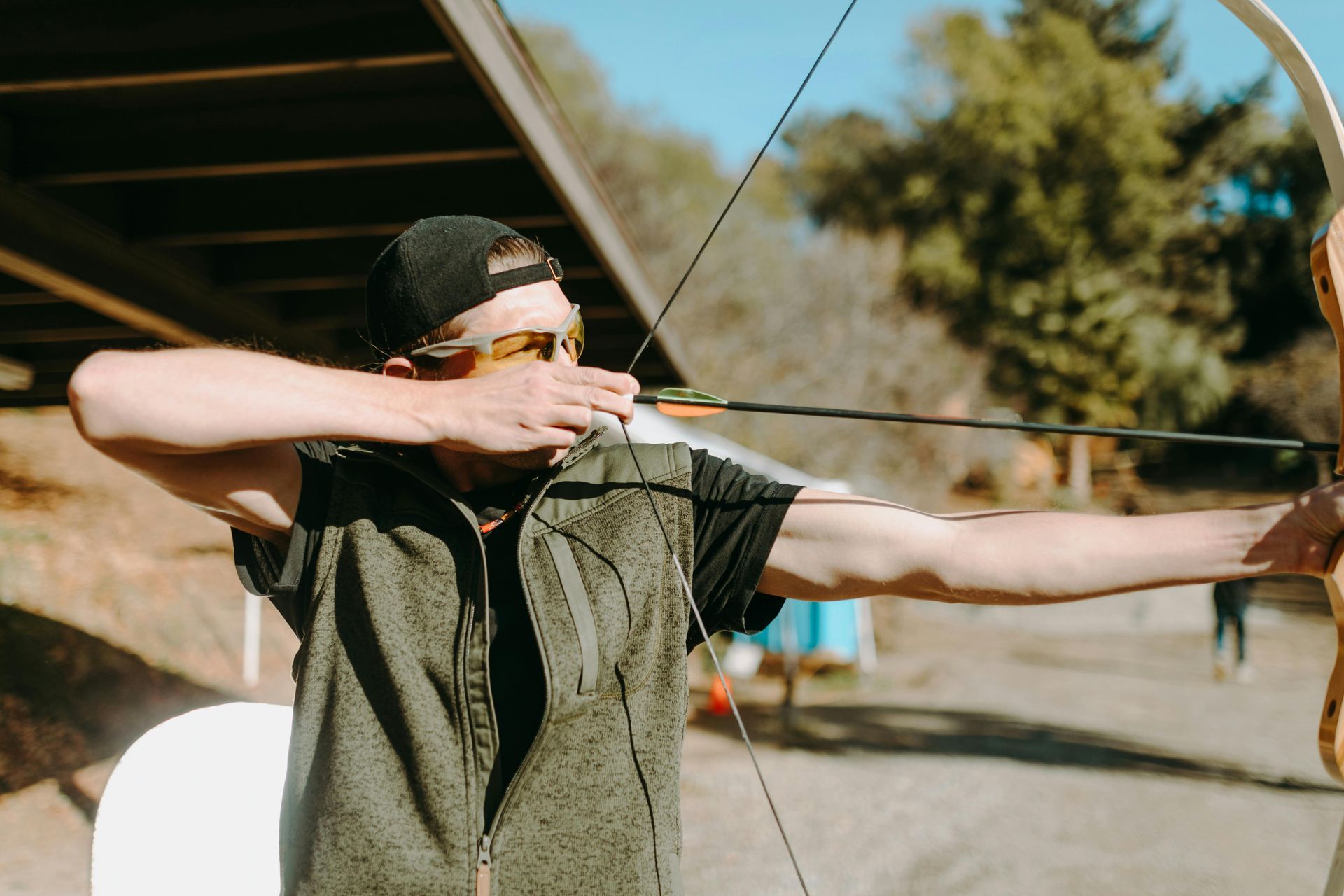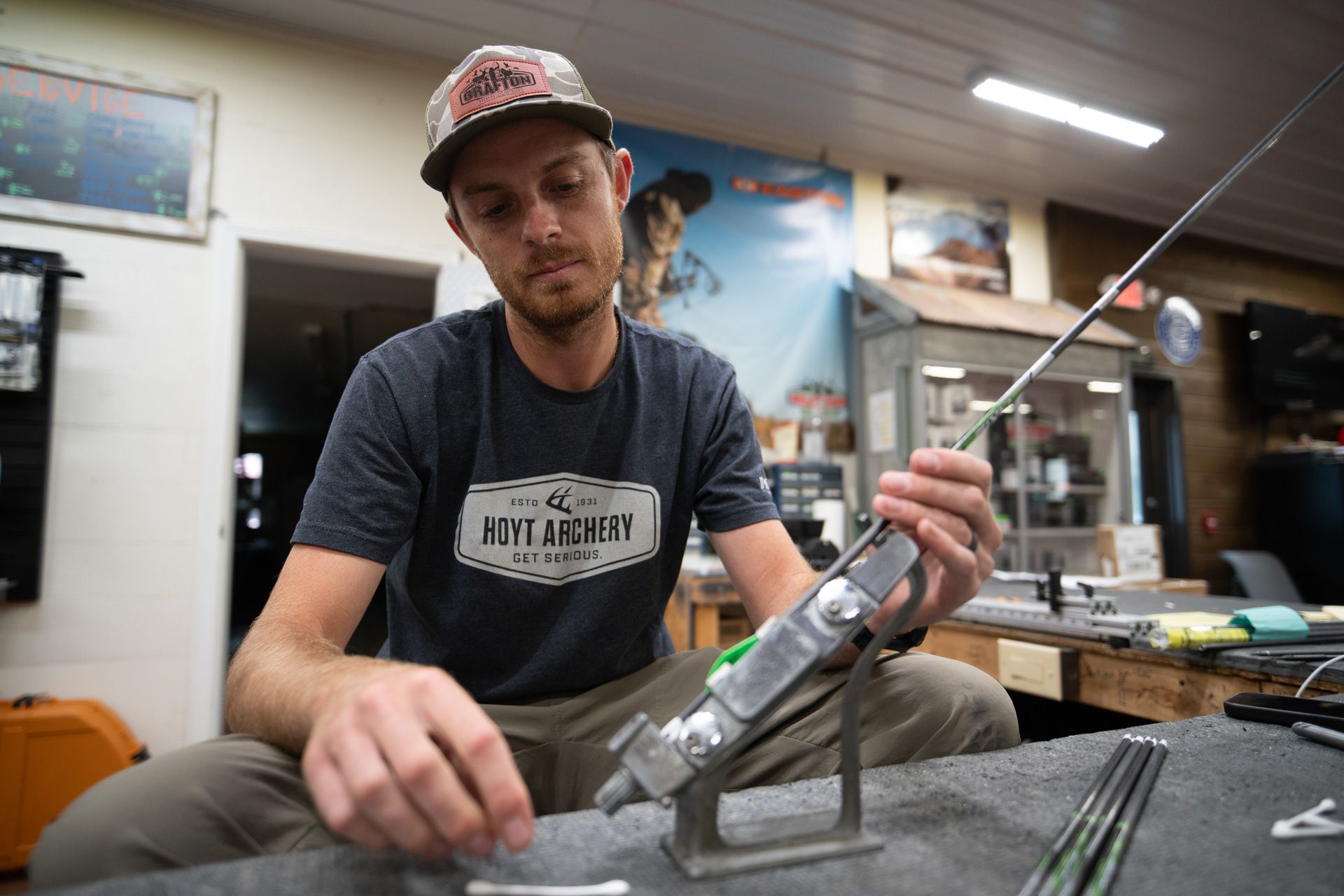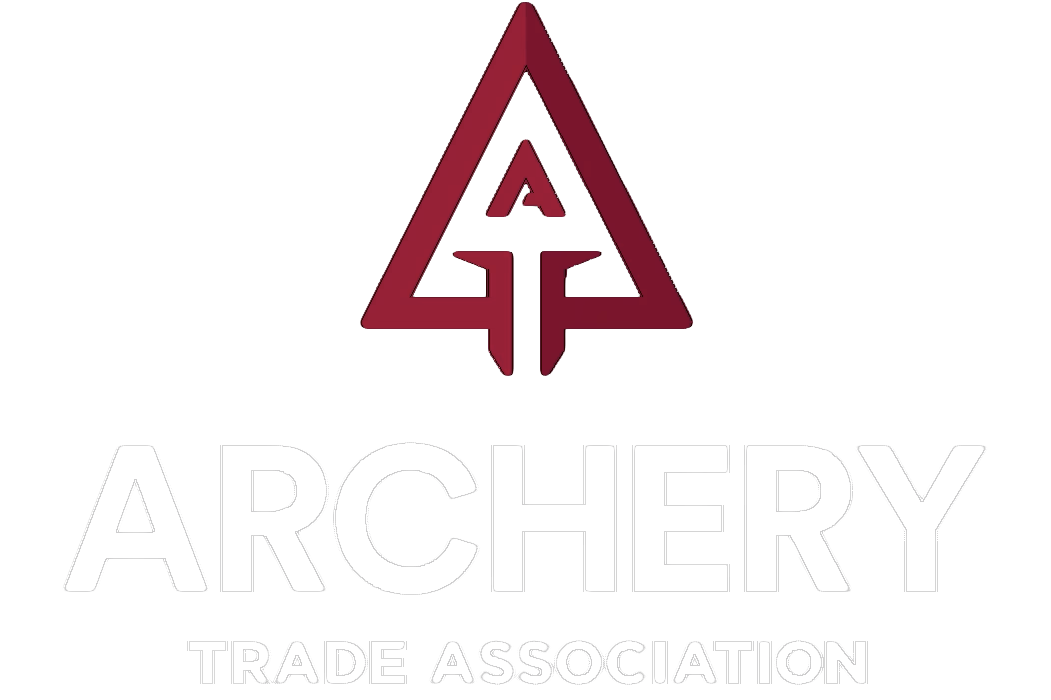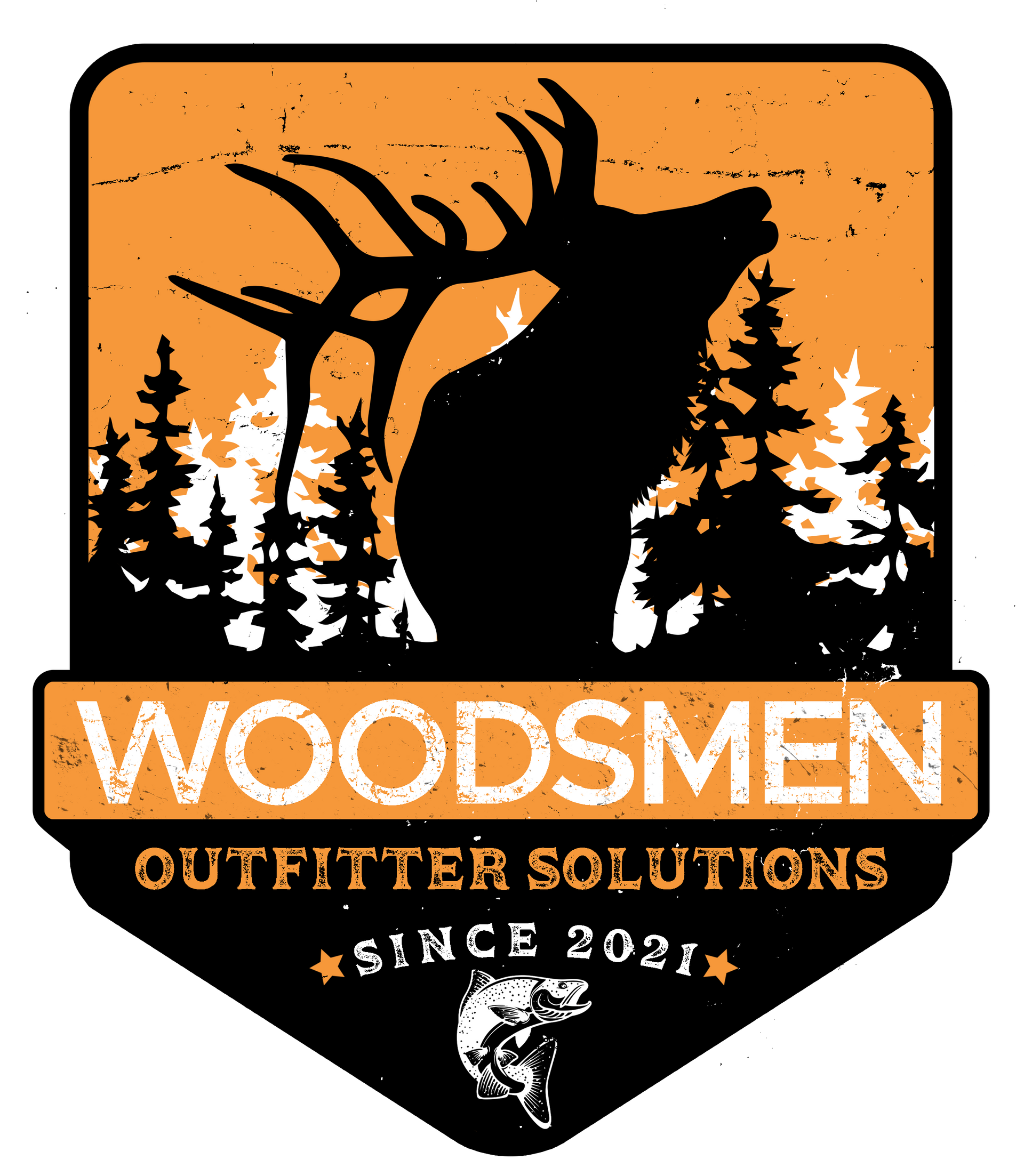The Truth About Broadhead Types: Fixed vs Mechanical for North Carolina Game
Grafton Archery & Outdoors
When it comes to bowhunting, choosing the right broadhead can make or break your shot. It’s one of those topics that gets a lot of debate, especially here in North Carolina where the terrain, game type, and hunting styles vary quite a bit. Some folks swear by fixed blades for their reliability, while others won’t shoot anything but mechanicals because of the cutting diameter and flight pattern. At Grafton Archery & Outdoors, we’ve heard just about every argument on both sides, and we’ve helped a lot of hunters pick the broadhead that fits their setup and their goals. So let’s break it all down and talk about what really matters when you’re deciding between fixed and mechanical broadheads.
First off, let’s talk about what each one is and how they work. Fixed blade broadheads are exactly what they sound like. The blades are stationary and exposed at all times. You can get them in two-blade, three-blade, or even four-blade configurations. Mechanical broadheads, on the other hand, have blades that stay tucked in during flight and deploy on impact. They tend to have a more streamlined shape in flight, which can make them fly more like a field point.
So which one is better? The real answer is that it depends on you, your bow setup, and the type of hunting you’re doing. Each style has its strengths, and understanding those can help you make the right call when you’re standing in the broadhead aisle trying to decide.
Fixed blade broadheads are known for their durability and dependability. They don’t have moving parts, which means there’s less that can go wrong in the field. This is one of the main reasons a lot of traditional hunters or those using lower-poundage setups prefer them. A good fixed blade head can punch through heavy bone and still hold together. For close to mid-range shots, they’re as tough as it gets.
They also tend to be the go-to choice when hunting larger game like hogs or black bear, or when you’re hunting in thick brush where shots may not be wide open. The reliability and penetration give hunters peace of mind that their gear won’t fail when it counts. If your bow is tuned well and you’ve practiced with your broadheads, they’ll fly true. But that tuning is key. Fixed blades are more sensitive to poor tuning than mechanicals, so your rest, arrow spine, and nock travel all need to be on point.
On the flip side, mechanical broadheads offer one big advantage that many hunters love: their flight pattern. Because the blades are tucked in during flight, they’re often more forgiving of slight tuning imperfections and typically fly closer to your field points. This makes the transition from practice to hunt easier. For hunters who don’t have time to fine-tune every detail or for those who just want that added confidence in their grouping, mechanicals can feel like a safer bet.
Another big plus for mechanicals is the cutting diameter. Since the blades deploy on impact, you can get some truly massive entry and exit holes. That means better blood trails and often quicker recoveries. If you’re hunting deer in open terrain and your bow has enough kinetic energy to drive them deep, mechanicals can be a great choice. Many hunters in North Carolina’s piedmont and coastal regions prefer them for exactly this reason.
But there are trade-offs. Mechanical broadheads rely on moving parts, and that introduces potential failure points. If the blades don’t deploy fully or if debris clogs the mechanism, your shot might not perform the way you expect. There’s also a little energy loss when the blades open, which is something to consider if you’re shooting lower poundage or taking longer shots. And while the entrance wound might be bigger, penetration can sometimes suffer compared to fixed blades, especially on angled shots or thicker game.
That’s why it’s important to match your broadhead choice to your bow’s setup. If you’re pulling high poundage with a heavy arrow and good form, you probably have enough energy to make a mechanical head work just fine. But if you’re shooting lighter draw weight or shorter draw length, you might benefit from the better penetration of a fixed blade.
It also depends on what kind of shots you’re planning to take. If your shots are mostly straight broadside within comfortable distances, mechanicals give you a lot of confidence. If you’re stalking in thicker areas, taking quartering shots, or dealing with unpredictable wind and brush, the solid construction of a fixed blade might give you more peace of mind.
One more thing to keep in mind is practice. No matter which broadhead you choose, you need to shoot it ahead of time. A lot of mechanicals come with practice heads that fly just like the real thing, so you can dial in your aim without dulling your blades. Fixed blades should be shot regularly to make sure your bow is tuned and you’re confident with how they perform. Either way, you don’t want to be making your first shot of the season on a live animal.
At Grafton Archery & Outdoors, we carry a wide range of both fixed and mechanical broadheads. We also spend time with every customer to understand their bow setup, hunting style, and personal preferences before recommending a specific model. It’s not about which one is best overall. It’s about which one is best for you.
We also offer custom arrow building and tuning services to make sure your broadheads fly the way they’re supposed to. Whether you’re gearing up for a mountain trip or just getting ready for another fall season in North Carolina, we’ll help you get everything dialed in so you can step into the woods with full confidence.
If you’re not sure what you should be using or you’ve been thinking about trying a different style this season, come by the shop and talk with us. We’ll walk you through the options, explain how each one works, and help you test out what feels right. And if you’ve already got a favorite, we’ve probably got it in stock and can help you get everything tuned to match.
Choosing a broadhead is a personal decision, but it doesn’t have to be a stressful one. With the right guidance and a little preparation, you can pick the one that gives you the best chance for a clean, ethical harvest. And that’s what bowhunting is all about. Clear shots, clean kills, and confidence in every release. We’re here to help you make that happen.
